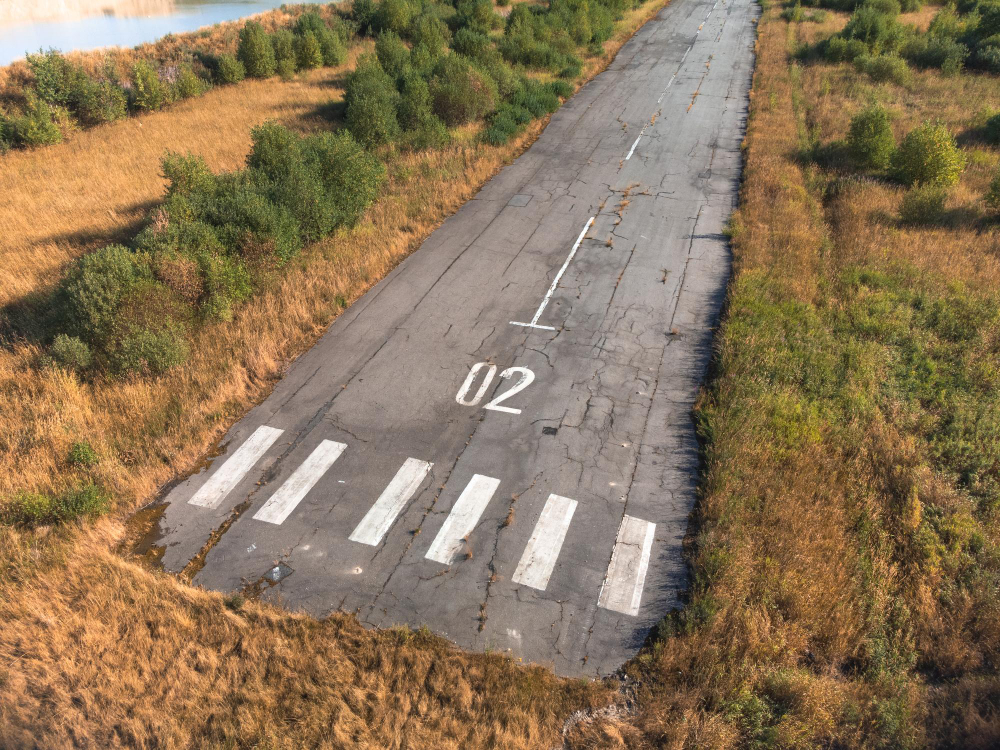How Runways are Numbered
Runways are numbered the same way as a compass, from 0 to 360 degrees.
Introduction to Runway Numbers
Runway numbers are used to identify specific runways at airports. They are based on the compass heading of the runway.
For example, a runway numbered 09 means it’s aligned with a heading of 90 degrees (east).
Runway numbers help pilots know which direction they are taking off or landing. If there are two runways in opposite directions, they’ll have numbers that differ by 180 degrees, like 09 and 27.


Runway Numbers
Each runway number reflects the direction it is heading, rounded to the nearest 10 degrees.
With a full circle encompassing 360 degrees, this system provides a consistent way for pilots to determine a runway’s orientation.
To determine runway direction, add a zero to the given runway number, giving you the runway’s heading.
For example:
- Runway 27 is aligned with a heading of 270° on compass
- Runway 9 is aligned with a heading of 90° on a compass

Runway 27 = 270° due West

Runway 09 = 90° due East
Aircraft Takeoff and Landing Direction
Now that we know how runway numbers indicate their compass heading, we can determine which direction a plane will be taking off or landing.
Example 1: Runway 16
If you’re landing on Runway 16, the runway is headed toward 160°.
This means pilots are approaching from the north and landing toward the south, heading in the direction of 160° on a compass.
Therefore, the plan is headed southeast.

Runway 16 = 160° Southeast
Example 2: Runway 18
If you’re landing on Runway 18, the runway is headed toward 180°.
This means pilots are approaching from the north and landing toward due south, heading in the direction of 180° on a compass.
Therefore, the plan is headed southeast.

Runway 18 = 180° due South
Here are two more examples:

Runway 13 = 130° due Southeast

Runway 31 = 310° Northweset
Runway Numbers and Magnetic North
An important note: all runway numbers are aligned to magnetic north, as opposed to true north.
Runway numbers are reviewed by the FAA every 5 years, and updated if there’s been a change of more than 7 degrees.
*For the Part 107 exam you just need to know that runway numbers are aligned with magnetic north.
Flash Cards
Runway 17
Runway Orientation in Degrees?Answer:
170° Southeast
Runway 12
Runway Orientation in Degrees?Answer:
120° Southeast
Runway 36
Runway Orientation in Degrees?Answer:
360° due North
Runway 08
Runway Orientation in Degrees?Answer:
80° Northeast
Runway 26
Runway Orientation in Degrees?Answer:
260° Southwest




